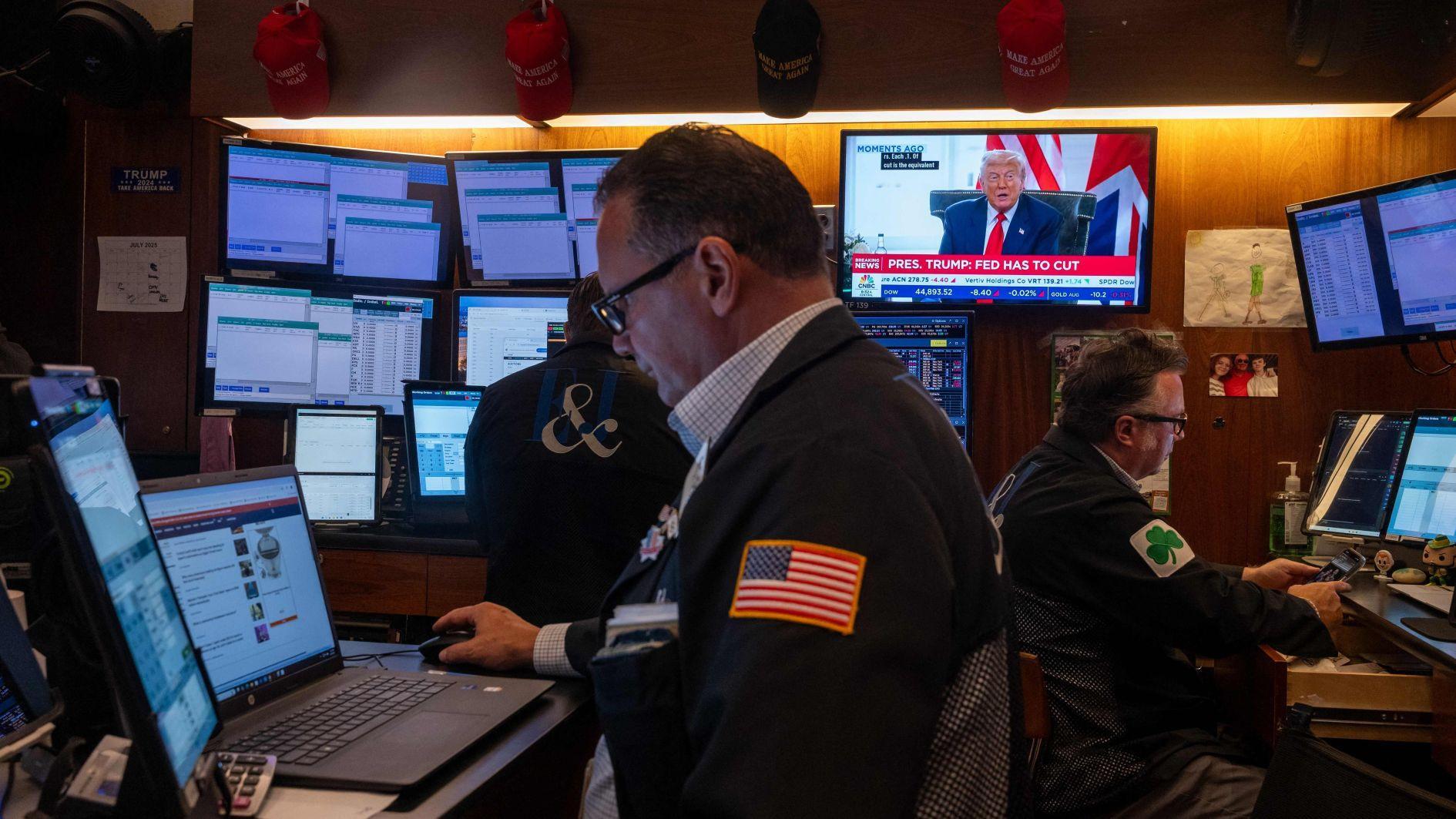
For all of President Donald Trump’s promises of an economic “golden age,” a spate of weak indicators last week told a potentially worrisome story as the impacts of his policies are coming into focus.
Job gains are dwindling. Inflation is ticking upward. Growth has slowed compared with last year.
More than six months into his term, Trump’s blitz of tariff hikes and his new tax and spending bill have remodeled America’s trading, manufacturing, energy and tax systems to his own liking.
He’s eager to take credit for any wins that might occur and is hunting for someone else to blame if the financial situation starts to totter.
But as of now, this is not the boom the Republican president promised.
When jobs report on Aug.1 turned out to be decidedly bleak, Trump ignored the warnings in the data and fired the head of the agency that produces the monthly jobs figures.
“Important numbers like this must be fair and accurate, they can’t be manipulated for political purposes,” Trump said on Truth Social, without offering evidence for his claim. “The Economy is BOOMING.”
It’s possible that the disappointing numbers are growing pains from the rapid transformation caused by Trump and that stronger growth will return — or they may be a preview of even more disruption to come.
Trump's aggressive use of tariffs and spending cuts carries significant political risk if he is unable to deliver middle-class prosperity.
The effects of his new tariffs are still several months away from rippling through the economy.
The White House portrayed the blitz of trade frameworks leading up to tariff announcement on July 31 as proof of his negotiating prowess.
The costs of those tariffs will be most felt by many Americans in the form of higher prices, but to what extent remains uncertain.
Just 38 percent of adults approve of Trump’s handling of the economy, according to a July poll by The Associated Press-NORC Center for Public Affairs.
That’s down from the end of Trump’s first term when half of adults approved of his economic leadership.
The White House paints a rosier image, seeing the economy emerging from a period of uncertainty after Trump’s restructuring and repeating the economic gains seen in his first term before the pandemic struck.
The economic numbers over the past week show the difficulties that Trump might face if the numbers continue on their current path:
Jobs report showed that U.S. employers have shed 37,000 manufacturing jobs since Trump's tariff launch in April, undermining prior White House claims of a factory revival.
An inflation report showed that prices have risen 2.6 percent over the year that ended in June, an increase in the personal consumption expenditures price index from 2.2 percent in April. Prices of heavily imported items, such as appliances, furniture, and toys and games, jumped from May to June.
A report on gross domestic product showed that it grew at an annual rate of less than 1.3 percent during the first half of the year, down sharply from 2.8 percent growth last year.